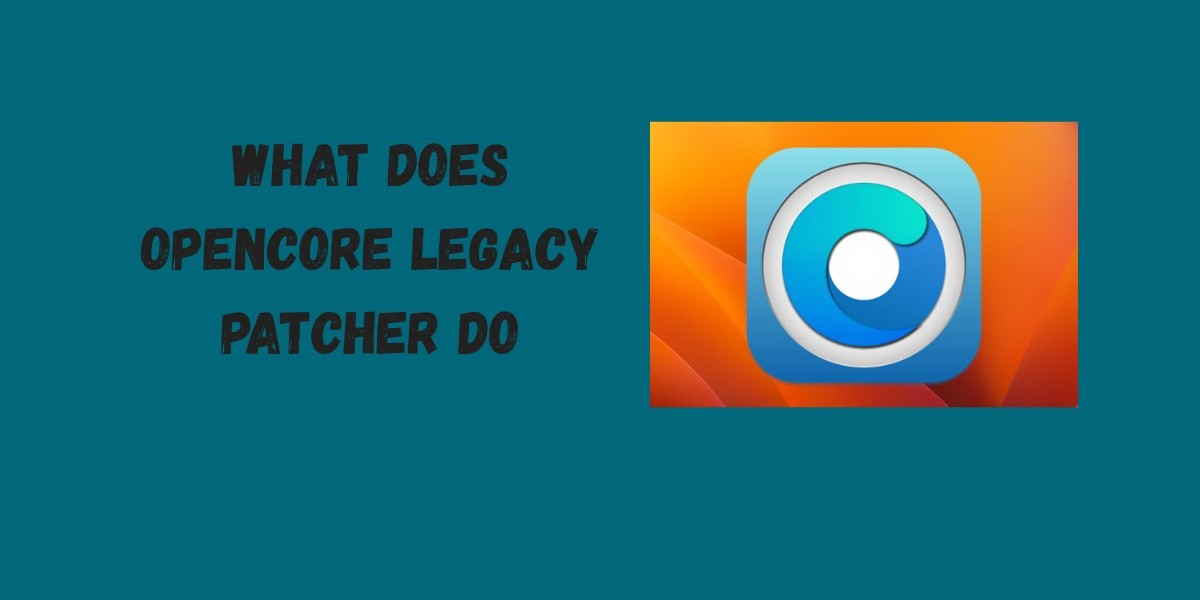Introduction
If you’ve ever asked yourself, “What does OpenCore Legacy Patcher do?”, you’re not alone. Many Mac users discover the tool when their device becomes unsupported by Apple, only to realize it unlocks far more than simple installations. OpenCore Legacy Patcher (often called OCLP) is a community developed solution that bridges the gap between old Apple hardware and modern macOS. By focusing on both performance and compatibility, OCLP ensures that older Macs can still run new software or even restore older versions long after Apple has moved on.
Extending macOS Compatibility
One of the primary functions of OpenCore Legacy Patcher is enabling new macOS versions on Macs that Apple no longer officially supports. For example:
Macs from 2008 2015 that were abandoned by Apple can often run macOS Monterey, Ventura, or Sequoia.
Users can enjoy security updates and features that would otherwise be locked behind hardware restrictions.
This essentially future proofs older Macs, making them usable for many more years.
Restoring and Downgrading macOS
Another key feature of OCLP is the ability to restore or downgrade macOS. Sometimes the latest release isn’t stable, or certain apps stop working. With OpenCore Legacy Patcher, users can:
Reinstall a fresh copy of macOS to fix corruption.
Roll back from newer versions to more stable releases.
Maintain compatibility with legacy apps or workflows.
This flexibility is something Apple’s official tools rarely allow.
Hardware Patching and Support
Older Macs often lose functionality because Apple stops releasing drivers for them. OCLP fixes this by applying post install patches. These patches restore critical hardware features such as:
Wi Fi and Bluetooth drivers for older chipsets.
Graphics acceleration for unsupported GPUs.
USB and input support for legacy ports and trackpads.
Without these patches, many restored systems wouldn’t be functional.
Why It Matters in 2025
By 2025, the gap between supported and unsupported Macs has grown even larger. Many perfectly functional machines are locked out of updates not because they can’t run them, but because Apple has chosen to drop support. OpenCore Legacy Patcher gives users freedom by:
Extending the usable life of their Mac hardware.
Saving costs by avoiding unnecessary upgrades.
Allowing schools, developers, and hobbyists to reuse older devices effectively.
Limitations to Keep in Mind
While powerful, OCLP isn’t flawless. Users should be aware that:
Some updates may temporarily break patches until the community updates OCLP.
Not all hardware components achieve perfect stability.
Apple services (like iMessage or Apple Pay) may sometimes behave inconsistently on patched systems.
Still, for most users, the benefits far outweigh the drawbacks.
Conclusion
So, what does OpenCore Legacy Patcher do? It’s more than just a patching tool it’s a way to extend compatibility, restore functionality, and breathe new life into older Macs. By enabling new macOS versions, restoring older builds, and reactivating hardware features, OpenCore Legacy Patcher ensures that unsupported Macs remain usable and relevant in 2025. For anyone holding onto aging Apple hardware, it has become an essential tool for keeping systems alive.








